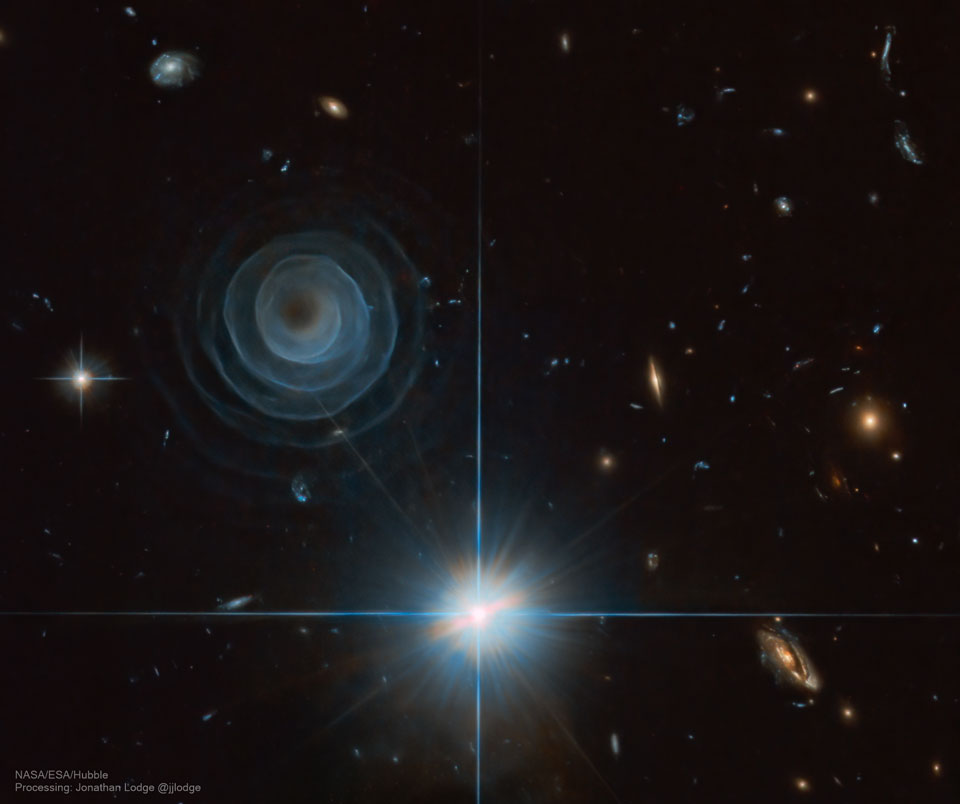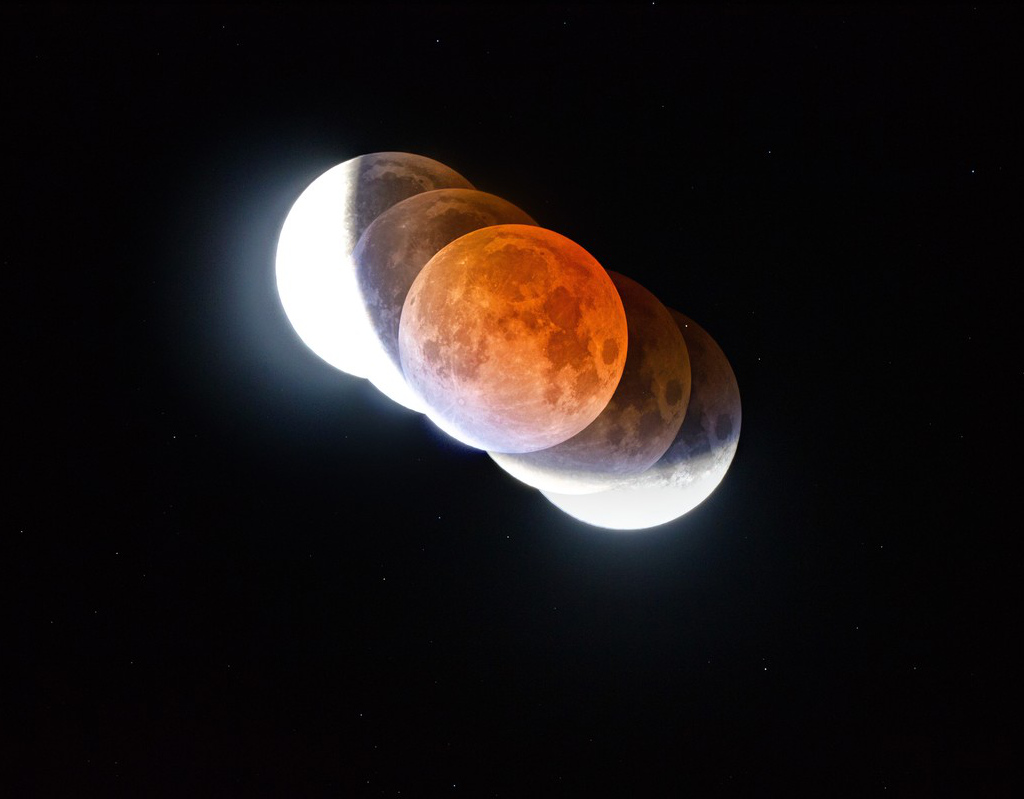移过天空的天王星和卫星
2021年11月30日 In Motion: Uranus and Moons Video Credit: David Campbell (U. Hertfordshire), Bayfordbury Observatory Explanation: What’s that moving across the sky? A planet just a bit too faint to see with the unaided eye: Uranus. The gas giant out past Saturn was tracked earlier this month near […]










